The Russian System
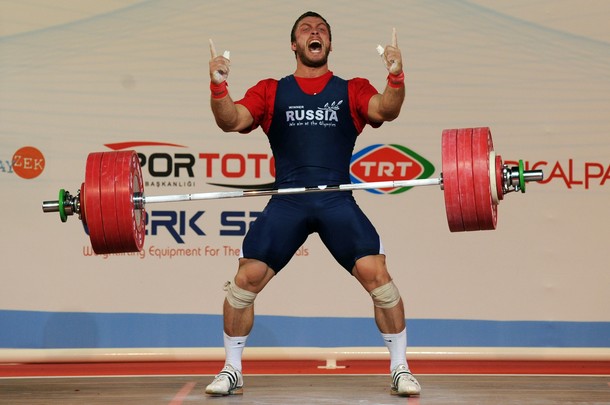
Who Created it?
The Russian approach was created by years of research by teams of Russian scientists. It has been heavily studied, with a vast amount of literature available on it.
So what is it?
The Russian approach is a much more rounded system. It is comprised of not only the full lifts but also a wide range of assistance movements including Bodybuilding, Squats and Pulls. It also involves a series of stages. These stages are geared towards;
- Building base level strength
- Making a lifter powerful
- Some very high intensity work
- A competition phase involving a taper
A Russian System cycle generally lasts 3 months and there are up to 4 cycles in one year.
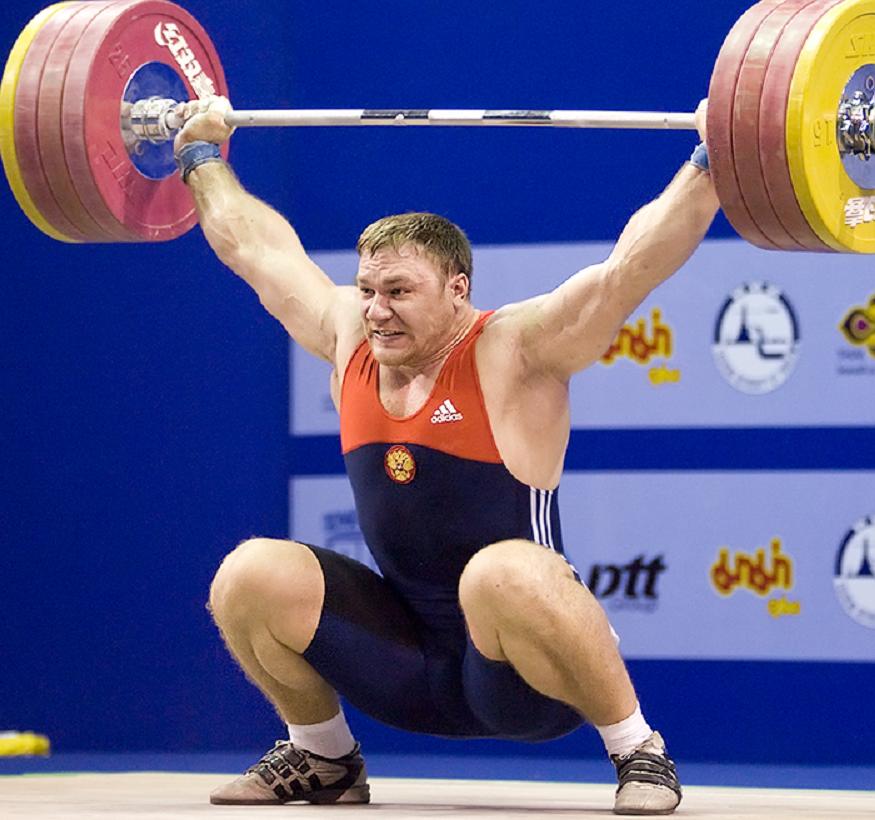
Evgeny Chigishev - Russian 200kg+ Snatcher
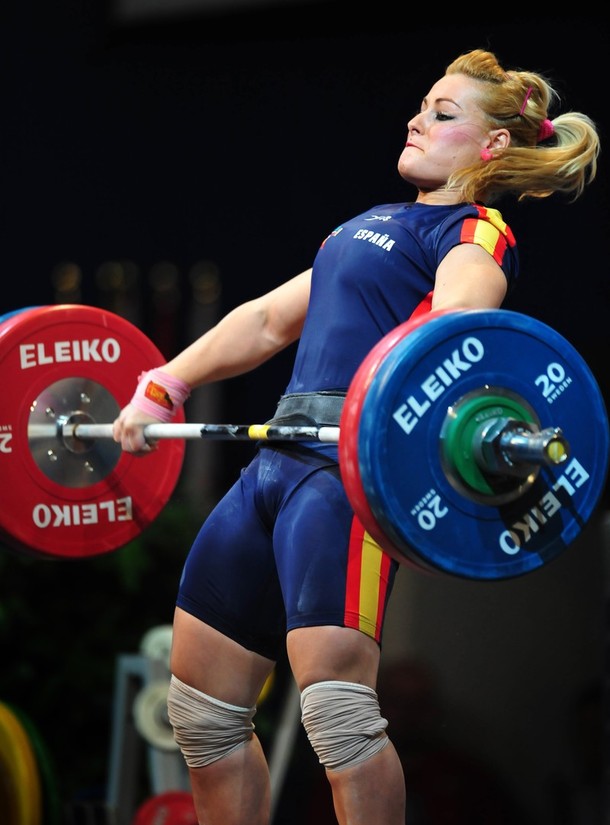
How is it implemented?
Taking a 3 month training cycle.
The first month shall be for strength. The second month shall be generating power. The first 2 weeks of the final months shall be heavily geared towards technique and specifically the Olympic lifts; all assistance work is omitted. . The final week shall be a taper, and the penultimate week shall include attempts up to 100%.
So the first month includes lots of volume centered on the core strength exercises such as squats and pulls. These are your bread and butter as a weightlifter. If you cannot squat 100 kilos, you are very unlikely to be able to jerk it. However, that is not to say that if you can squat 100 kilos you can clean and jerk it, as a certain technical level is required.
In the second month the emphasis is moved over to transferring this strength into powerful effective lifting. The repetitions that pulls and squats are performed at are reduced which results in an overall reduced volume for these lifts. This allows for more volume to be allocated to the classical lifts.
The third month removes a lot of the volume of squats and pulls, and replaces it with lifting at a higher intensity. In the penultimate week (week 11) days are allocated to 100% attempts. The final week is then a taper week prior to a competition. If a lifter needs to repeat the third month due to another competition one month after this is permitted.
My Experiences with the Russian System
I currently use a Russian System and recommend it. It is much more complete and offers more flexibility making you a more rounded athlete. If you are a Crossfitter this applies directly to you. It also recognizes other priorities that you may have including goals around a large Bench or family commitments.
I also enjoy the potential for extra assistance work. Sometimes it is fun to throw in a bit of bodybuilding for different mental training stimulus.
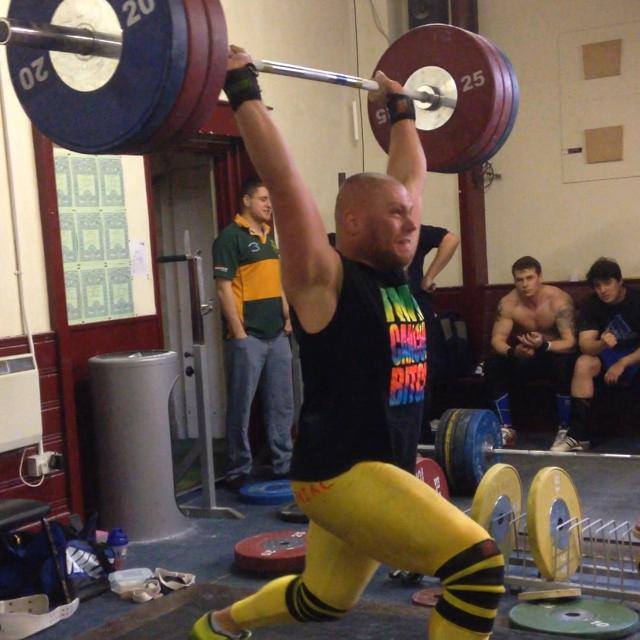

 The Russian Approach to Planning a Weightlifting Program. Zatsiorsky (1992)
The Russian Approach to Planning a Weightlifting Program. Zatsiorsky (1992)The above paper goes into great detail about how a Russian System Program is conceived.
A great read for more in depth information.
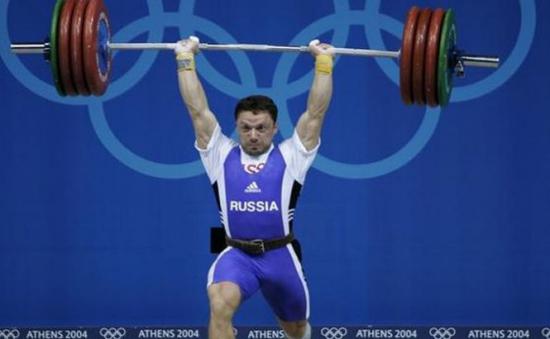
How can you use this information in your own training?
A Russian method is far more complete.
A general outline is included below. Taking the following groupings:
- Classic snatch; Power snatch; Classic snatches from different starting positions; Power snatches from different starting positions.
- Classic clean; Power clean; Classic cleans from different starting positions; Power cleans from different starting positions.
- Classic snatch pulls; Classic clean pulls; Classic snatch pulls from different starting positions; Classic clean pulls from different starting positions; Bend-overs (good mornings with a barbell behind the neck).
- Back squats; Front squats; Splits (lunges).
- Classic jerk; Push-jerk; Push-press; Arm and shoulder exercises (press behind head, military press, etc.).
The first four groups emphasize overload in the lower body while the fifth group emphasizes overload in the upper body.
To avoid overtraining, one should combine the first four groups with the last group. This training structure is based on just one group of exercises per workout, as seen in the following example:
Monday: 1st and 4th groups
Tuesday: 5th group
Wednesday: 2nd and 4th groups
Thursday: 5th group
Friday: 1st, 3rd, and 4th groups
Saturday: 2nd and 5th groups
It is important here to note that that only 7% of all lifts were done above 90%”, within the Russian system.
These are Elite level international lifters and they are rarely going over 90%. Their technique has been drilled for 10+ years and has a high level of consistency. So would it be effective if a lifter of less that 2 years experience be attempting a high percentage of singles?
We can also take that a training range of 75-85% to be optimal for Olympic lifting training if using the Russian Philosophy.
